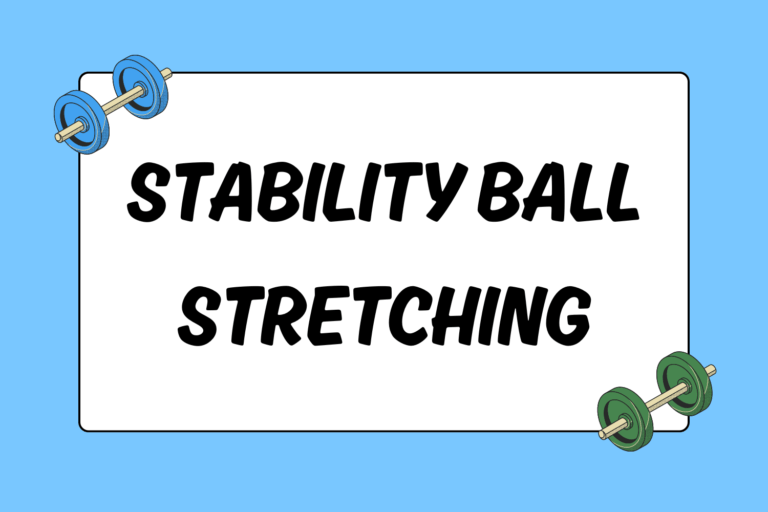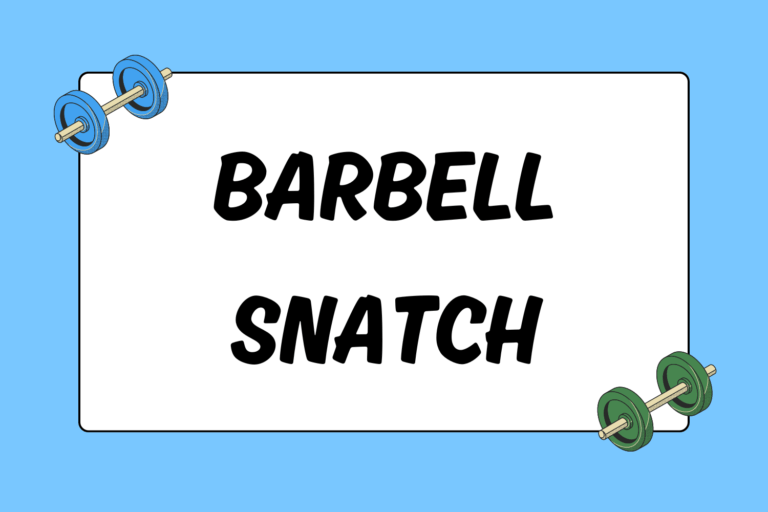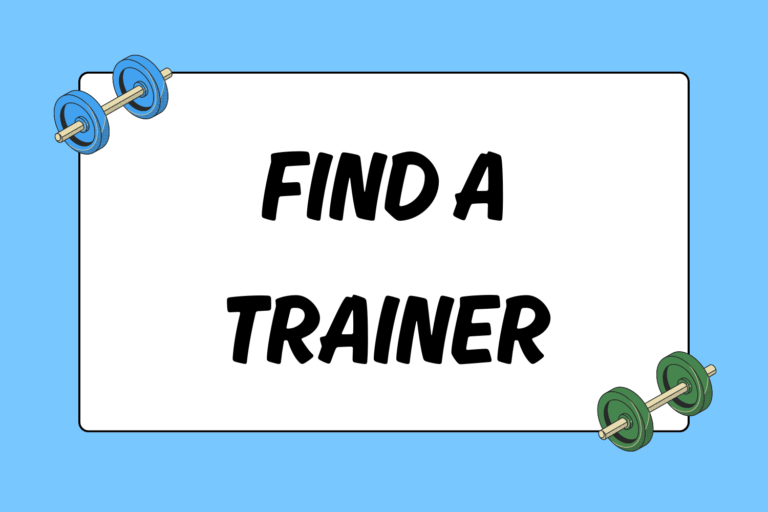Before its current incarnation as a mainstream exercise apparatus, the stability ball was a key player in European physical therapy clinics. In the 1990s, exercise ball training debuted at professional fitness industry conferences. Personal trainers immediately recognized the impact the exercise ball could have in athletic training, and the ball’s versatility inspired trainers to create workouts for all aspects of fitness. This guide introduces some of the different types of stability ball workout plans.
Dynamic Flexibility
Static stretching involves holding a stretch for 20 to 60 seconds. In contrast, dynamic flexibility uses movement patterns that increase your range of motion. While static stretching once starred in exercise class and athletic warm-ups, modern sports medicine experts insist that overstretching before a workout or sport may weaken the muscle group, making it susceptible to injury.
The stability ball facilitates joint-lubricating rotational movements, which help you ease into your workout without over-stretching your muscles.
Dynamic Flexibility Sequence
This exercise helps untie muscular knots in your hips, shoulders, upper back, and lower back:
- Kneel on all fours, placing one hand on the floor. Bend your other elbow, and rest your forearm on the stability ball.
- Rotate your shoulder to make a circle with the ball. Perform four clockwise and four counterclockwise circles. Repeat the sequence with your other arm.
- Bend both elbows and rest your arms, head, and chest against the ball.
- Slide your hips to the right as you roll the ball to the left. Repeat on the opposite side.
- Continue until your hips, lower back, and upper back feel loose and relaxed.
Rotation Exercise
Both athletes and non-athletes require rotational movements. Tennis players, baseball players, and golfers use these types of movements while competing. Similarly, simple everyday tasks — such as turning around when someone calls your name, or loading your dishwasher — also require rotational movement. Your oblique muscles, which make an “X” across your abdomen, control rotary movement. Working these muscles also adds tone and definition to the abdominal area.
Rotary Twist
The rotary twist exercise uses some of the skills learned in the dynamic flexibility sequence. As your hips move one way, your torso moves in the opposite direction. Many sports use this type of movement skill.
- Sit upright on the stability ball with your knees bent and your feet flat on the floor, hip-width apart.
- Walk your feet forward as you slide your torso down the ball’s surface. Your lower, middle, and upper back will stay flush against the ball.
- Place your hands together and extend your arms in front of your body at chest height.
- Slide your hips to the left. As your hips glide left, rotate your upper torso to the right.
- Return to center and repeat on the other side.
Mental Edge
Your stronger muscle groups (such as your legs and arms) may try to initiate movement in this exercise, but initiating from your deep core makes the rotary twist more effective. Think of your belly button as the power button and lever. Drawing your belly inward empowers the movement. Then, imagine that your belly button slides to the left to move your hips.
The Stability Ball Advantage
Many gym-goers use the prone leg curl to strengthen their hamstrings. But this exercise is only effective if your leg-to-upper torso ratio matches the equipment manufacturer’s description. People with exceptionally long or short legs often have trouble finding a leveraged position on these types of machines. As a result, they use significantly less weight on the leg curl than they use on the leg extension, which exacerbates the hamstring/quadriceps muscle imbalance.
Hamstring exercises with a stability ball, on the other hand, address these issues and add a number of important fitness benefits, including:
- Dynamic balance and core strength: The stability ball tests your balance, and it requires you to activate your deepest core muscles for stabilization.
- Proprioception: This term describes your body’s awareness of its position in space and the terrain beneath its feet. When your feet are on the ball, you must “sense,” rather than watch, your direction.
- Gluteal strength: Working your hamstrings on the stability ball also engages your gluteal muscles.
Progressive Ball Training
This guide offers just a taste from the vast menu of stability ball workouts. As your balance and coordination improves, you can add other props to your workout, such as weights, bands, and medicine balls. Some people even use the ball in lieu of a weight-training bench. When you exercise with the ball, think about the Italian toymaker who created it: Just because you’re an adult doesn’t mean you can’t have fun while working out!





